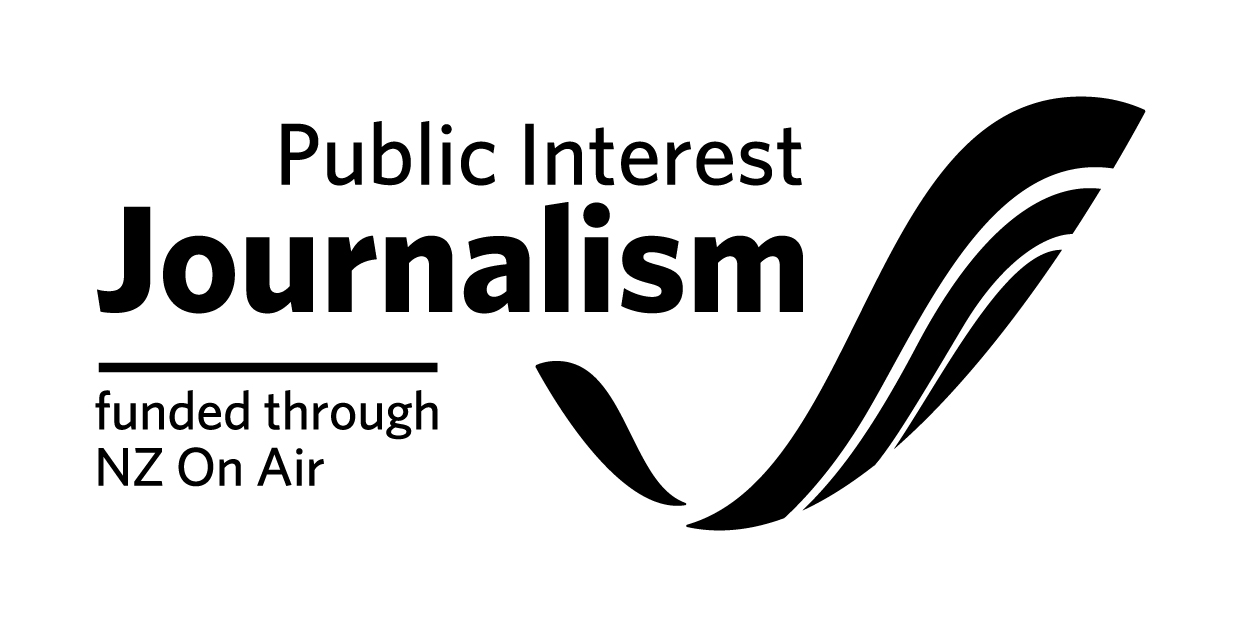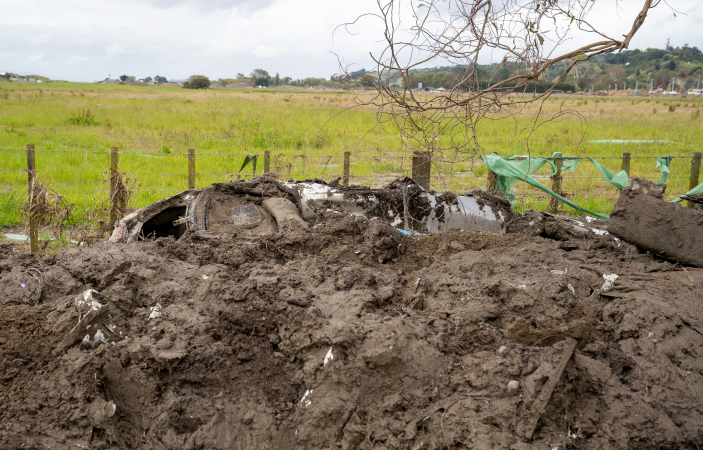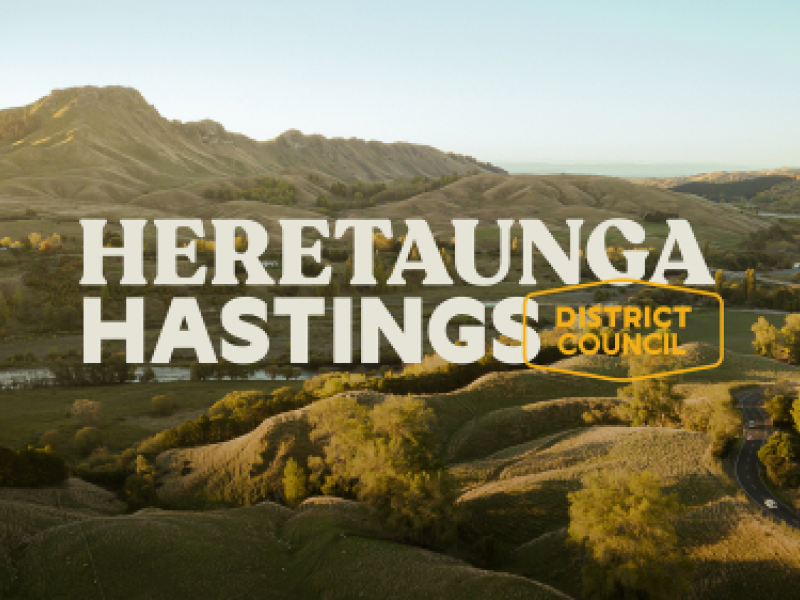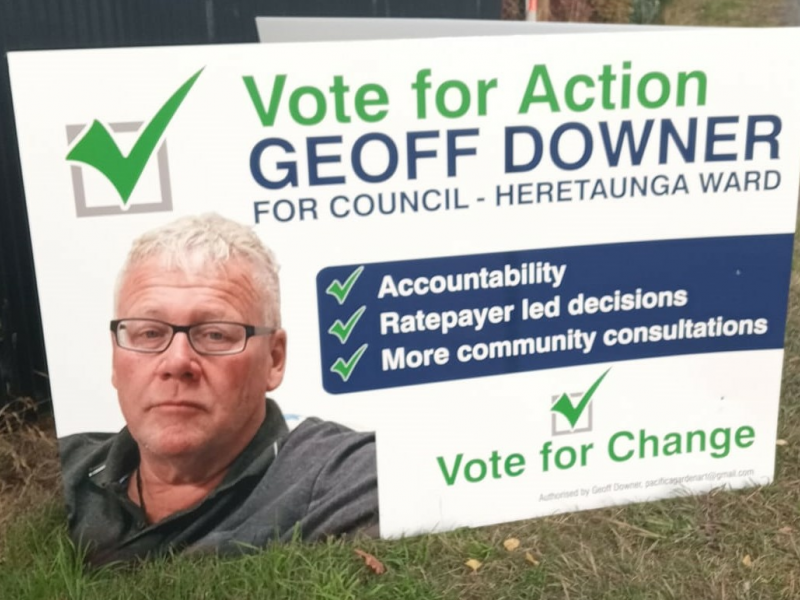Hastings District Council debt could peak at $701m
The Hastings District Council’s overall debt is set to peak at $701m, new council consultation documents have revealed.
In February this year, the Council’s debt hit $400m, with the local authority paying $16m in interest per year alone.
The Hastings District Council will meet tomorrow to decide whether or not it takes its Long Term Plan for 2024-2034 and a proposed 25 percent for 2024/25 out for public consultations.
In consultation documents in the Long Term Plan released ahead of the meeting, it is revealed that the impact of the Cyclone Gabrielle recovery on debt means that the Council will need to borrow $230m for cyclone costs, in addition to borrowing for Council’s scheduled capital programme.
The documents says that the estimated cost to finish reinstating the district’s roading network is $795m plus, which is on top of the $155m already spent.
The Council’s share of the remaining roading bill is about $170m, with the rest coming from the Crown and the NZ Transport Agency.
“We have planned to complete the roading recovery programme over the first six years of the Long Term Plan.”
“The Voluntary Buy-out Programme for eligible category 3 properties, in conjunction with the Crown, is in full swing. Council’s cost is $50m. Repairs to three waters and parks will cost $10m.”
The documents reveal that the key impacts on Council roads were that 13 bridges were destroyed and 28 bridges significantly damaged. More than 2000 culverts needed repairing or replacement, more than 100km of roads to be repaired or rebuilt and more than 800 large slips needed repair.
They say that bridges are 38 percent more expensive to build than three years ago, roads and water supplies are 27 percent more expensive than three years ago, and sewerage systems are 30 percent more expensive than three years ago.
“Cyclone Gabrielle has permanently altered our landscape and our lives, causing loss of life, displacement of hundreds of residents from their homes, hundreds of millions of dollars in
damage to infrastructure, billions of dollars of lost income, from crop and land damage social, economic and mental health trauma for many in our communities.”
The documents say that the proposal is to increase the Council’s debt cap to 250 per cent of income, then progressively reduce that to 175 per cent by year 10 of the plan.
“The maximum we can borrow is 280 per cent. Debt is expected to peak at $701m.”
The Long Term Plan proposes that there will be a rates rise of 25 percent in the first year, followed by 15 percent rate increase the year after and a 10 percent increase in 2026/27.


























